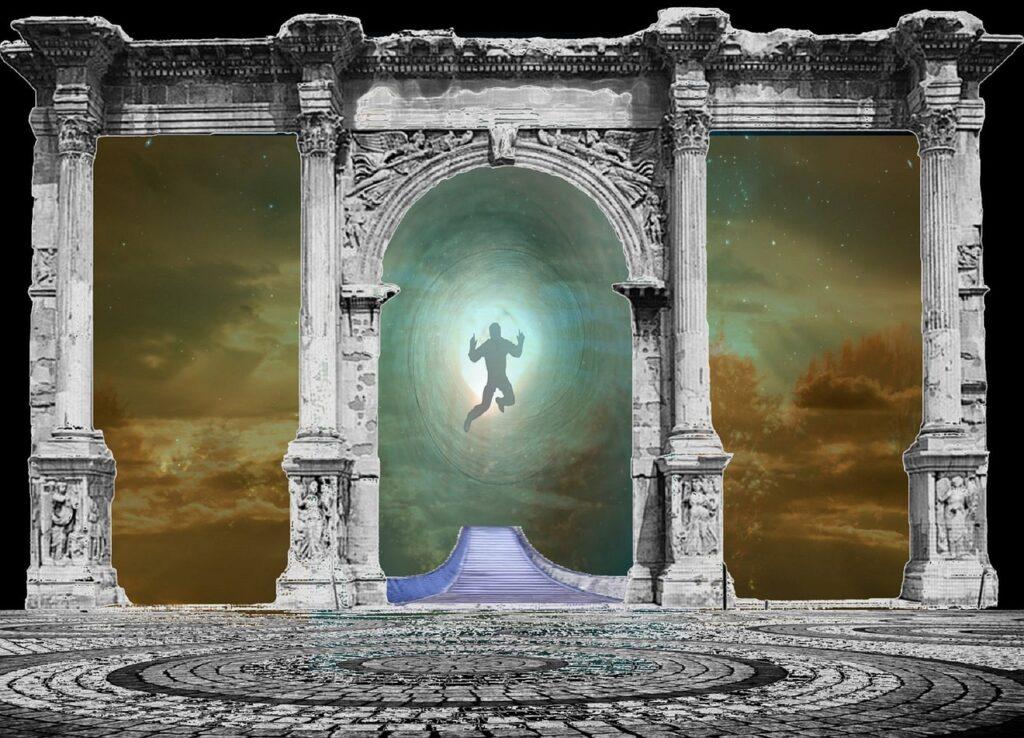
Reincarnation is a captivating concept deeply rooted in religious and philosophical ideologies, particularly in Hinduism (Sanatana Dharma). It proclaims that when a person’s biological existence comes to an end (death), the ethereal essence of the soul or spirit embarks on a profound journey, commencing a new existence within a different corporeal vessel. This vessel can take the form of a human, resonating with intellect and emotion, an animal endowed with instinctual prowess, or even a spiritual entity transcending the limitations of physicality. The determination of this vessel is based on the accumulated Karma, the quality of actions, from one’s previous life. This perpetual cycle of repeated birth and death is referred to as “Samsara”. Within the vast cosmic dance of life’s inexorable rhythm, the intricate web of cause and effect known as “karma” assumes a central role. Karma, the essence of action, manifests in both virtuous and sinful deeds, intricately weaving the delicate threads that shape the course of subsequent births. A profound tapestry of deeds, thoughts, and intentions binds the human spirit, guiding it towards its rebirth. This article aims to explore and illuminate various aspects related to the theory of reincarnation, providing an in-depth understanding of its intricacies.
#1 Reincarnation of the Immortal Soul: Recognizing All Living Beings as Eternal Spirits
All living beings have an eternal essence called the soul, which is trapped within material bodies. The soul is responsible for the consciousness in living beings. According to scriptures, life is not just a result of chemical reactions; it is the presence of the soul that makes a body alive. The soul is everlasting and unchanging, unlike the temporary and ever-changing physical body. It has no beginning or end. In this material world, the soul is surrounded by a subtle body, which is then enclosed in a gross physical body. When a living being dies, the subtle body moves on to a new body, based on the law of Karma (which we will discuss later).
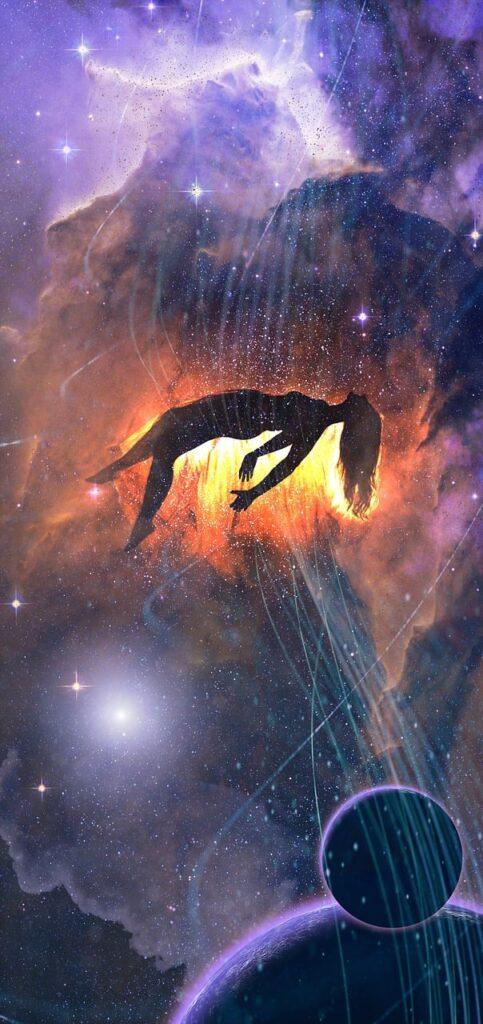
dehino smin yatha dehe
kaumaram yauvanam jara
tatha dehantara-praptir
dhiras tatra na muhyati
(Bhagavad Gita 2.13)
–
Just as the embodied soul progresses through different stages of life, transitioning from childhood to youth, and then to old age within the same physical body, similarly, at the time of death, the soul moves into a new body. A person of wisdom and clarity is not perplexed by this transition.
#2 Laws of Karma
Karma, simply put, refers to the actions we perform during our lives. It is believed that every action has consequences, much like the law of cause and effect. When we engage in good deeds, positive outcomes follow, while engaging in sinful actions leads to suffering. In this way, karma is often seen as an unfailing system of universal justice, ensuring that everyone receives the appropriate results of their actions. It is, therefore, considered a determining factor in shaping one’s destiny.
Upon death, a soul transitions from one body to another, based on the karma accumulated throughout its previous life and the desires it holds at the time of death. It is important to note that the concept of karma applies only to human beings. Animals and lower forms of life typically act instinctively and have limited or no free will. Consequently, their actions are not subject to the laws of karma. Humans, however, possess free will and make their own choices in life. As a result, they accrue karma and are considered the architects of their own destiny.

The concept of reincarnation and the laws of karma shed light on the disparities we observe in human existence. They provide insights into the reasons behind various circumstances:
- Why do certain individuals experience good health while others grapple with disease?
- Why do some people seem to be more fortunate in life, while others face constant challenges?
- Why do appearances differ, with some being considered attractive and others less so?
- Why do certain children endure suffering from birth and pass away at a tender age?
- Why is there a disparity between the poor and the wealthy?
Reincarnation, guided by the laws of karma, offers an explanation for these disparities in human circumstances. It suggests that each individual carries the karmic imprints from their past actions, shaping their current life’s circumstances. The consequences of past choices and behaviors manifest in various ways, influencing one’s physical health, social standing, appearance, and overall life experiences.
#3 8,400,000 species of Life
According to the ancient wisdom of Sanatana Dharma, also known as Hinduism, the material world encompasses a vast array of life forms, totaling 8.4 million species. This rich tapestry of existence spans across various realms and encompasses diverse categories of life, including plants, animals, humans, and even celestial beings known as demigods. These species are classified into six distinct divisions, each with its own unique characteristics:
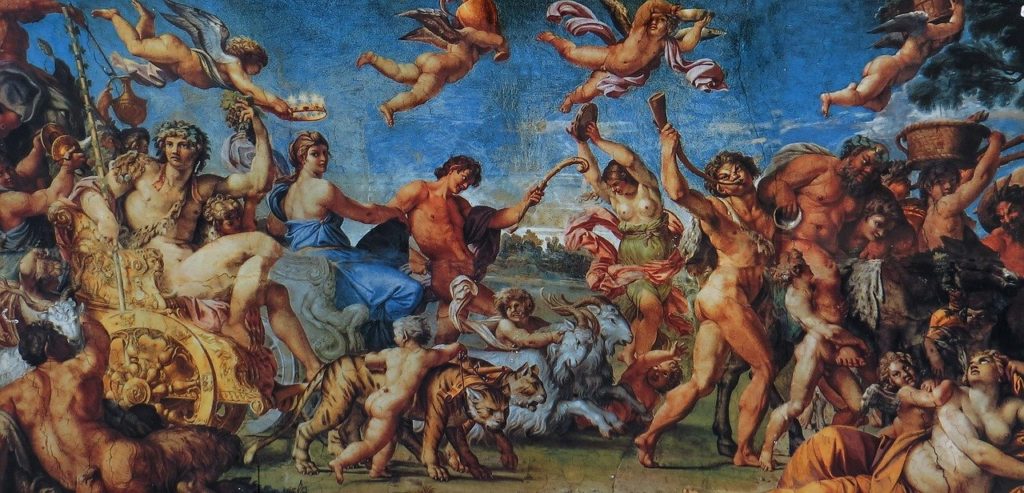
- Humans (including demigods): This division comprises approximately 400,000 species, encompassing a broad spectrum of human-like beings, including demigods who reside in celestial realms.
- Beasts: This division encompasses an extensive range of creatures, totaling around 3,000,000 species. Beasts refer to non-human animals, with diverse forms and behaviors.
- Birds: Within this division, there exist approximately 1,000,000 species of birds, exhibiting a remarkable array of sizes, shapes, and habitats.
- Insects: The division of insects comprises around 1,100,000 species, featuring a multitude of small, often winged creatures, exhibiting immense diversity in appearance and behavior.
- Aquatics: The aquatic division encompasses approximately 900,000 species, representing life forms dwelling in the vast expanses of water, including fish, marine mammals, and various other aquatic organisms.
- Plants: This division boasts an astounding variety of flora, comprising around 2,000,000 species. Plants exhibit an array of forms, from towering trees to delicate flowers, providing sustenance and beauty to the world.
These divisions encompass the diverse tapestry of life within the material world, highlighting the intricate interplay of existence and the boundless creativity found in the vast realm of nature.
#4 What happens after death
Based on one’s predominant qualities at the time of death, the destination of the soul varies. In the mode of goodness (sattva guna), individuals ascend to the realm of the devas (demigods), experiencing a higher celestial existence. Those who depart while influenced by the mode of passion (raja guna) continue their journey within the middle regions, taking birth again as human beings. Conversely, when the mode of ignorance (tama-guna) influences one’s departure, the soul descends to lower forms of life, experiencing existence in the realms of ignorance.
In certain cases, sinful souls do not immediately transition to another physical body after death but linger as ethereal entities known as ghosts, dwelling within their subtle bodies. The Vedas explain various reasons for becoming a ghost, including instances such as suicide. These souls undergo a process of purification through suffering while occupying lower species, gradually ascending back to the human platform.
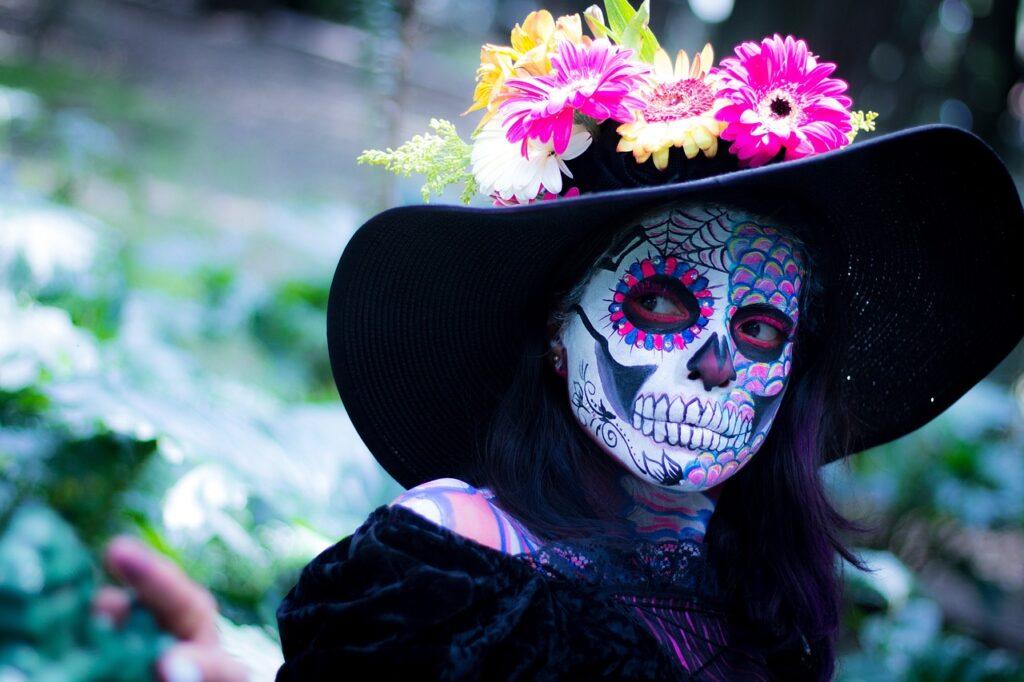
When a soul attains the heavenly realms, it resides there until its accumulated virtuous merits are exhausted. Subsequently, the soul descends once again to the earthly realm, resuming the cycle of birth and death.
This intricate interplay of karma and the qualities of nature determines the trajectory of the soul’s journey, leading it through different realms and forms of existence. It is through this cosmic dance that the soul undergoes purification, learns valuable lessons, and has the opportunity to progress towards spiritual evolution.
#5 Liberation from the Cycle of Birth and Death: Attaining Moksha
The term “Moksha” originates from the Sanskrit word “Mukti,” which denotes liberation or freedom. Moksha represents the ultimate goal of transcending the material world and its burdensome entanglements. Within this material realm, marked by the inherent flaws of birth, disease, old age, and death, human beings endure various sufferings caused by natural calamities, interactions with fellow beings, and the anxieties that plague the mind. Hinduism, also known as Sanatan Dharma, posits that Moksha entails breaking free from the cycle of birth and death, known as reincarnation, and experiencing blissful union with the Divine.
Moksha signifies the liberation from the shackles of the gross and subtle bodies, allowing one to reconnect with their original spiritual identity and unite with the Supreme Being. It is considered the ultimate culmination of human life’s purpose.

There exist five types of salvation, or Moksha, that a spiritual seeker can attain at the culmination of their journey, thereby transcending the cycles of birth and death:
- Svarupya: This form of salvation grants the individual the same divine form as that of the Supreme Lord, aligning their essence with the Lord’s divine nature.
- Salokya: In this liberation, the individual gains the privilege of dwelling in the same abode as the Supreme Lord, sharing proximity and divine presence.
- Sarsti: Acquiring this liberation bestows upon the individual the same opulence and divine attributes as the Lord, residing in the celestial realms known as Vaikuntha.
- Samipya: This type of liberation offers the individual an intimate relationship with the Lord, becoming a personal associate and basking in His direct association and companionship.
- Sayujya: Sayujya refers to a form of liberation where the individual loses their separate identity and merges into the impersonal effulgence of the Supreme Brahman. In this state, the soul is unable to establish a loving relationship or render service to the personal form of the Supreme Lord. Sayujya Mukti, although a state of freedom from material bondage, is viewed unfavorably by devotees who cherish their loving connection with the Lord. It is worth noting that the impersonalists, known as Mayavadis, who do not recognize the Supreme Lord as a person, aspire for Sayujya Mukti.
These various forms of salvation illustrate the diverse paths and outcomes one can attain in their spiritual journey. While some seek unity with the Supreme in personal relationships and divine realms, others pursue the path of merging into the impersonal absolute. Ultimately, the choice and understanding of Moksha differ based on individual spiritual paths and beliefs.
#6 Tales of Reincarnation – Three Lives of King Bharata
The following story recounted in the Bhagavata Purana (Srimad Bhagavatam) narrates the episodes of King Bharata’s reincarnations. King Bharata, a wise and experienced monarch, surprised his citizens by renouncing his kingdom, family, and luxuries to dedicate his life to self-realization. He settled in the sacred Pulaha-ashrama near the Himalayas, living a simple and austere life. Despite his previous opulence, Bharata’s focus shifted from material enjoyment to spiritual pursuits, freeing himself from the cycle of birth and death. He became a devoted worshiper of Lord Krishna, singing hymns and offering fruits and roots to the deity.
One day, while meditating, Bharata witnessed a pregnant doe giving birth prematurely due to fear caused by a roaring lion. The doe died, and Bharata rescued the baby deer, developing a deep attachment to it. Despite his spiritual advancement, Bharata’s love for the deer led him astray from his spiritual practices. He neglected his meditation and became consumed by thoughts of the deer.
Eventually, the deer disappeared, and Bharata, in a state of panic, searched frantically for it. In his obsessive pursuit, he fell into a crevice and was fatally injured. At the moment of death, his mind was completely absorbed in thoughts of the deer. As per the teachings of the Bhagavad-Gita, Bharata’s consciousness determined his next life, and he was reborn as a deer.
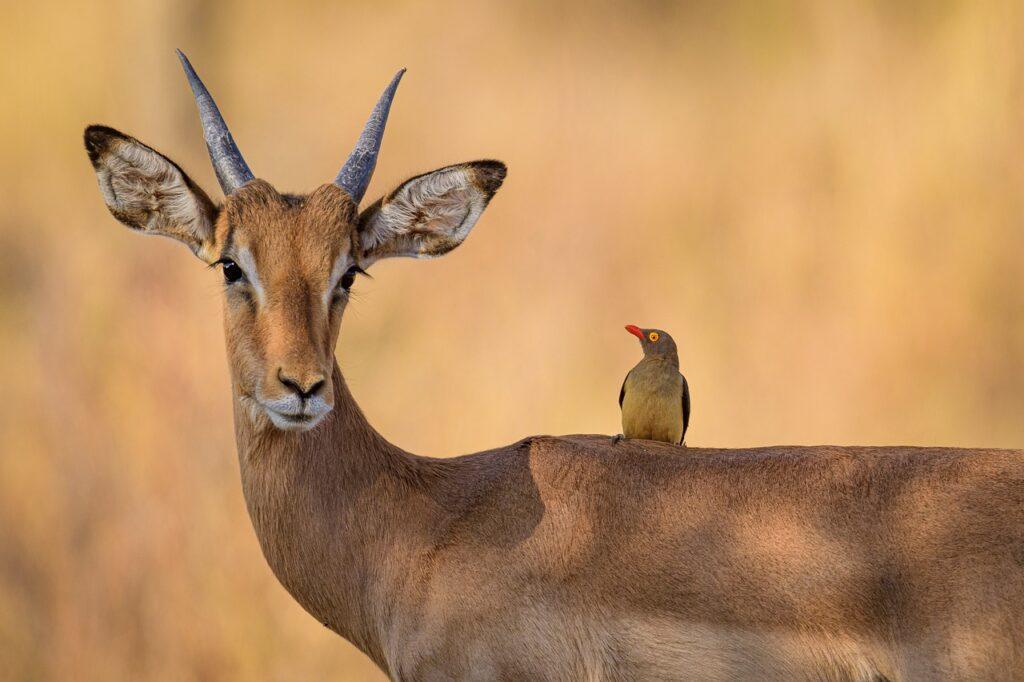
In his new animal form, Bharata realized the consequences of his attachment and lamented his past foolishness. He became detached from material desires and severed ties with other deer, returning to Pulaha-ashrama. This time, he remained devoted to the Supreme Lord and lived a simple life, surrounded by saintly hermits.
Upon the death of his deer body, Bharata was reborn in a Brahmin family, known as Jada Bharata. He feigned disability to avoid materialistic associations, while internally focusing on the Lord within his heart. Jada Bharata’s relatives, considering him useless, mistreated him and sent him to work as a field laborer. However, he accepted their treatment without resentment, displaying the characteristics of a self-realized soul.
One night, Jada Bharata was captured by thieves who mistook him for a simple-minded person suitable for sacrifice. Unfazed by their actions, Jada Bharata remained steadfast in his faith in God. As the thieves prepared to sacrifice him to the goddess Kali, she manifested herself and killed the robbers, saving Jada Bharata.
Continuing his spiritual journey, Jada Bharata avoided worldly people and incidents. One day, while carrying the palanquin of King Rahugana, his odd behavior irritated the king, who scolded him. Jada Bharata, realizing the temporary nature of material positions, explained the soul’s eternal nature and the futility of considering oneself a master or servant.
Impressed by Jada Bharata’s wisdom, King Rahugana humbly sought guidance on advancing in spiritual life. Jada Bharata shared his own past experiences, highlighting the consequences of attachment and the importance of associating with enlightened devotees. King Rahugana, enlightened by Jada Bharata’s teachings, abandoned the bodily concept of life and embraced the spiritual path.
In this way, King Bharata, known as Jada Bharata, learned valuable lessons through various incarnations and diligently pursued self-realization, guiding others towards the path of spiritual awakening.
